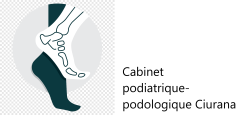|
Plantar fasciitis
Plantar fasciitis is an inflammation of the plantar fascia, the sole of the foot, caused by a micro-tear or partial rupture. The plantar fascia is made up of a thick, fibrous band of connective tissue that runs from the heel to the base of the toes and supports the arch of the foot. |
|
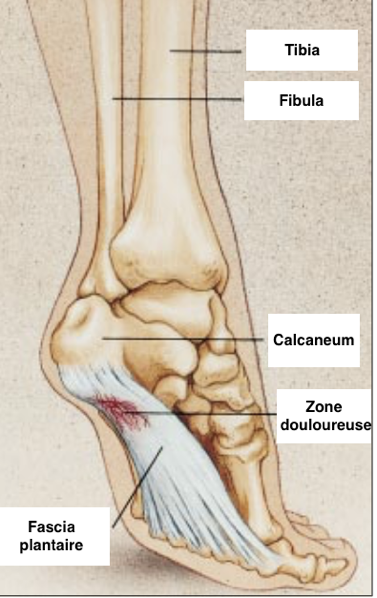
|
|
Morton's Neuroma Morton’s Neuroma (also called Morton's disease or Morton's metatarsalgia) is a pseudo-tumor formation located on a nerve path on the plantar surface of the foot. The affected area is an area of anastomosis between the two nerves responsible for the sensitivity of the sole of the foot: the medial plantar nerve and the lateral plantar nerve. It is a condition characterized by the appearance of particularly sharp pain, generally resembling burns and the source of which is located in the third (Morton's neuroma) or second (Hauser's neuroma) metatarsal space ( end of the foot between the second and third root of the toes). This pain, which radiates to the lateral aspect of the toes, is triggered when the patient is standing or walking. The patient is forced to take off his shoes to stop the pain and wearing shoes that are too narrow becomes impossible. |
|
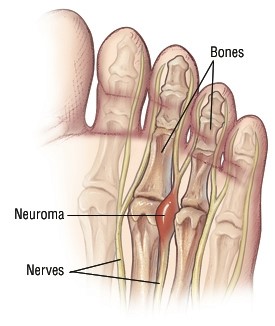
|

|
Hallux valgus Hallux valgus (HV, from the Latin hallus, big toe and valgus: "turned out"), often accompanied by a "bunion" (callus of the skin next to the deformation), is a deformation of the foot corresponding to the deviation of the first metatarsal in varus (inside) and of the big toe (hallux) in valgus (outside). |
|
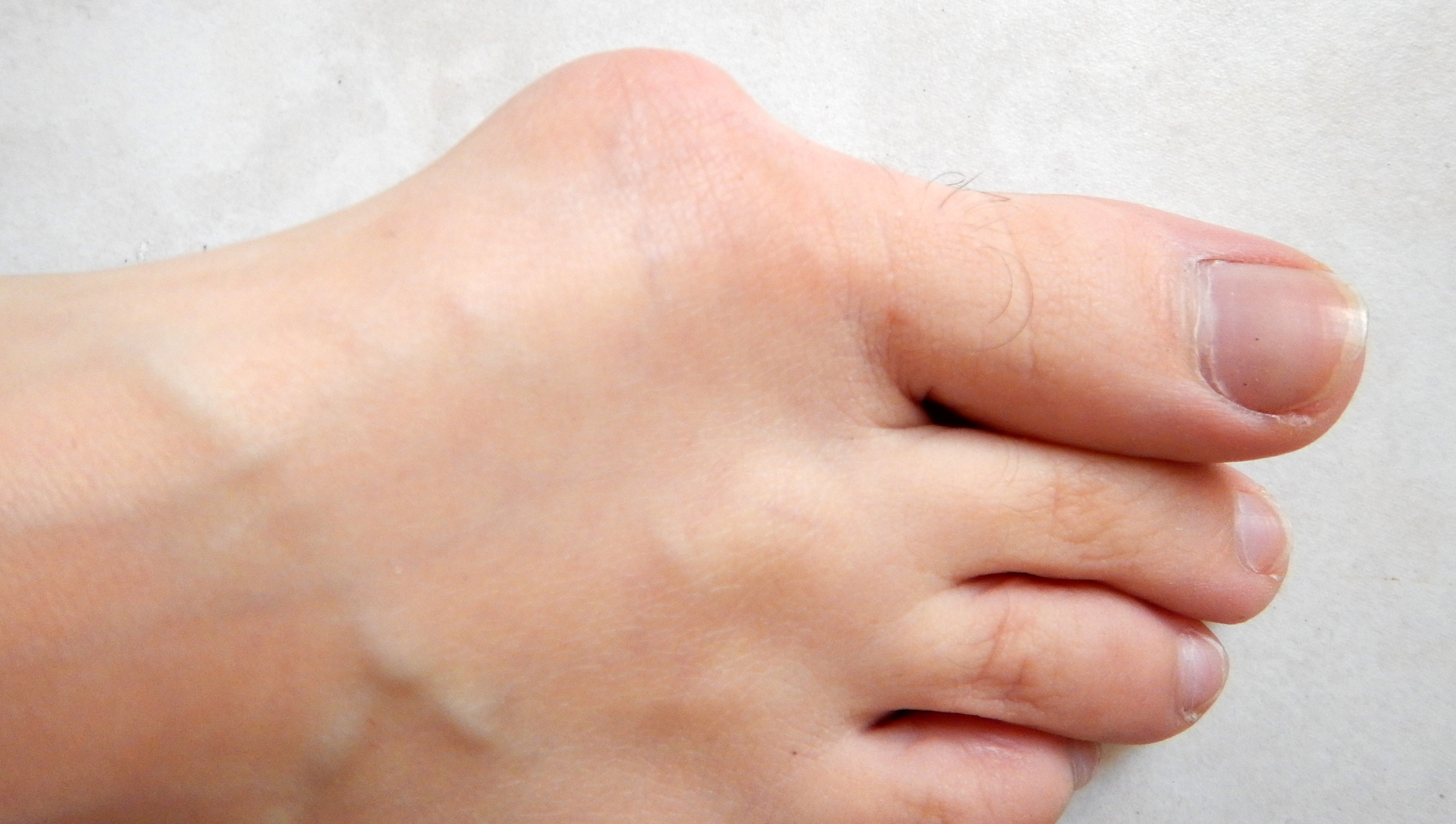
|
|
Spur Calcaneal Spur calcaneal is caused by an overload of the muscles and ligaments that maintain the longitudinal arch of the foot. These are joined at the base of the arch of the foot (heel bone). The tendon attachment point may become inflamed (plantar fasciitis) and ossification (heel spur or heel spur) often occurs at this location. Pain in the sole of the foot when walking and running is a result of inflammation. These pains are frequently associated with cold and tiptoe pains. In most cases, the cause is the sagging of the longitudinal arch of the foot, which causes increased tension in the ligaments and overworking the muscles which also increases the tension. Short, tense calf muscles (beware of people who spend too much time in a sitting position) and shortened plantar flexors can, as can a stiff and inflexible plantar fasciitis (tendon plate on the sole of the foot), promote a thorn calcaneal. Heel spur is usually detected by an X-ray and pain on pressure at the point of attachment of the plantar fascia to the heel bone. |
|
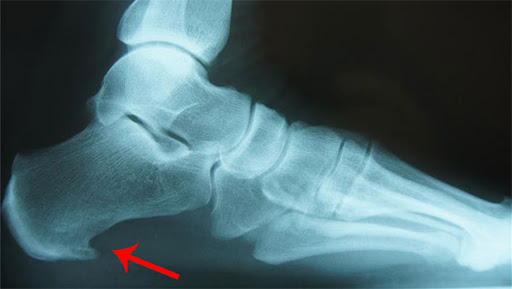
|
|
Hammer toes and claw fingers Deformed toes are very common. Hammer toes and claw toes are distinguished according to their appearance. In the case of hammer toes, only the metatarsophalangeal joint or the central joint is flexed. The terminal phalanx, on the other hand, is stretched. In the case of claw toes, the base joint is too tight. The lower tip of the toe has no contact with the ground, but the middle or end joint is bent (the tips of the toes usually rest on the ground). |
|

|
|
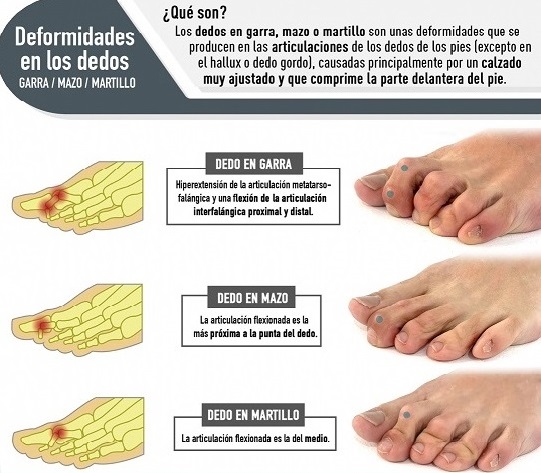
|
|

|
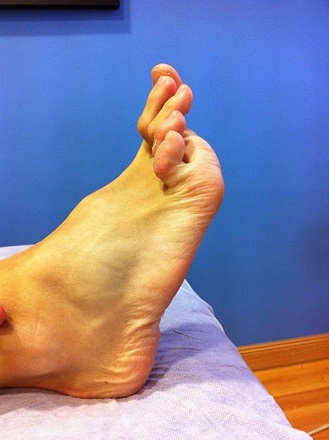
|
